The Life and Legacy of Ralph Nader
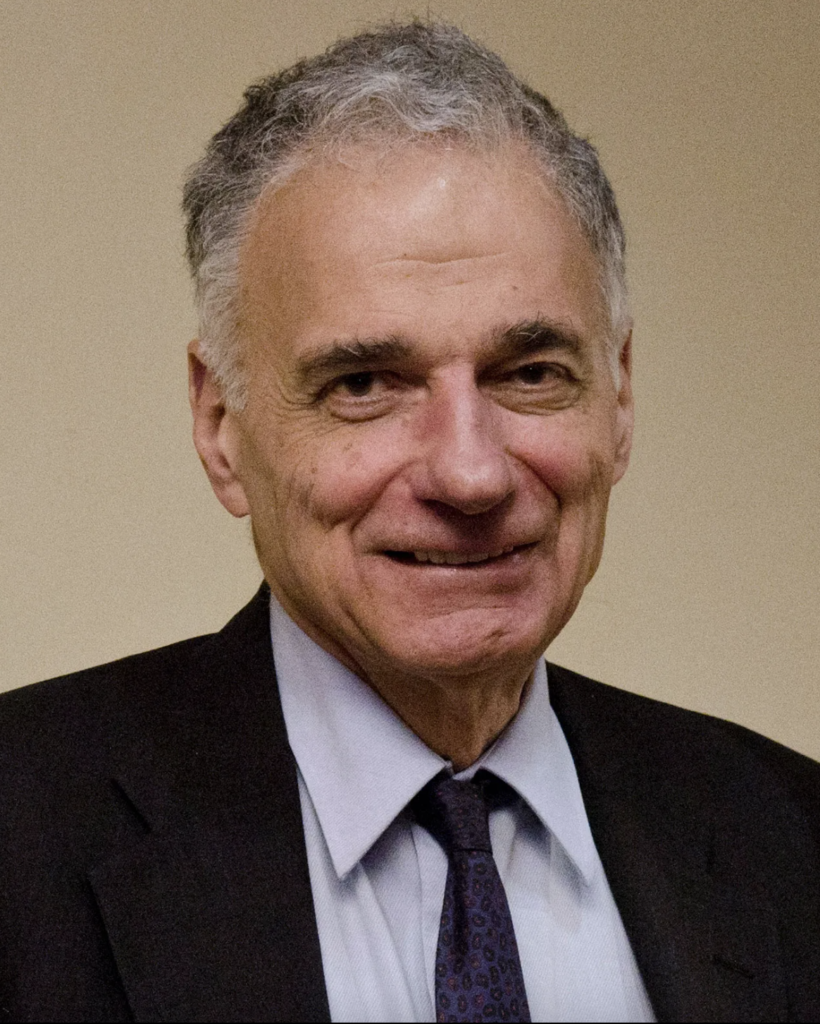
By: Cait O’Connor/ Arab America Contributing Writer
If you’ve ever had the misfortune of encountering an airbag, you have Ralph Nader to thank. If you’ve ever read a prescription warning label, avoided meat that is out of date at the grocery store, choose a “green” LED bulb instead of a wasteful fluorescent, or even just enjoyed a cool glass of tap water, you have Ralph Nader to thank.
In fact, much of the ease of modern life and the degree to which its conveniences are safe for us to use, must be attributed to Ralph Nader. His transformative influence in the field of consumer affairs cannot be overstated.
Nader has taken on many titles throughout his remarkable career, including those of activist, politician, attorney, presidential candidate, and auto-reformer.
Stay tuned for an upcoming interview with Ralph by the author regarding his Arab upbringing and the wisdom of his Lebanese parents, as discussed in his book “The Seventeen Traditions.”
A Precocious Childhood

Ralph Nader was born on February 27, 1934, in Winsted, Connecticut. He was the youngest child of four born to Lebanese immigrants. His father, Nathra Nader, emigrated to the U.S. at age 19 with $20 to his name. Eventually, he saved enough to build the family a small clapboard home and open the Highland Arms restaurant.

Nader’s longtime friend Mark Green recalls that the restaurant “served food with a side of civics.” Quickly it became a kind of cultural hub-a dynamic nexus of political conversation where “the views were as strong as the coffee.” It was in this dynamic environment, under the careful guidance of his parents, that Nader developed a deep sense of social justice and political understanding.
Nader’s parents noticed their son’s intelligence from a young age. He was an avid reader, eager to learn and engage in conversation with restaurant patrons. Even at the young age of eight, he spent his free time at the courthouse. He told his mother he liked listening to the arguments. At 14, he read the Congressional Records in their entirety. Between shifts at the restaurant and a paper route for the Winsted Register Citizen, he pored over the biographies of famous muckrakers and social activists.
Education: From Hitchhiking to Harvard
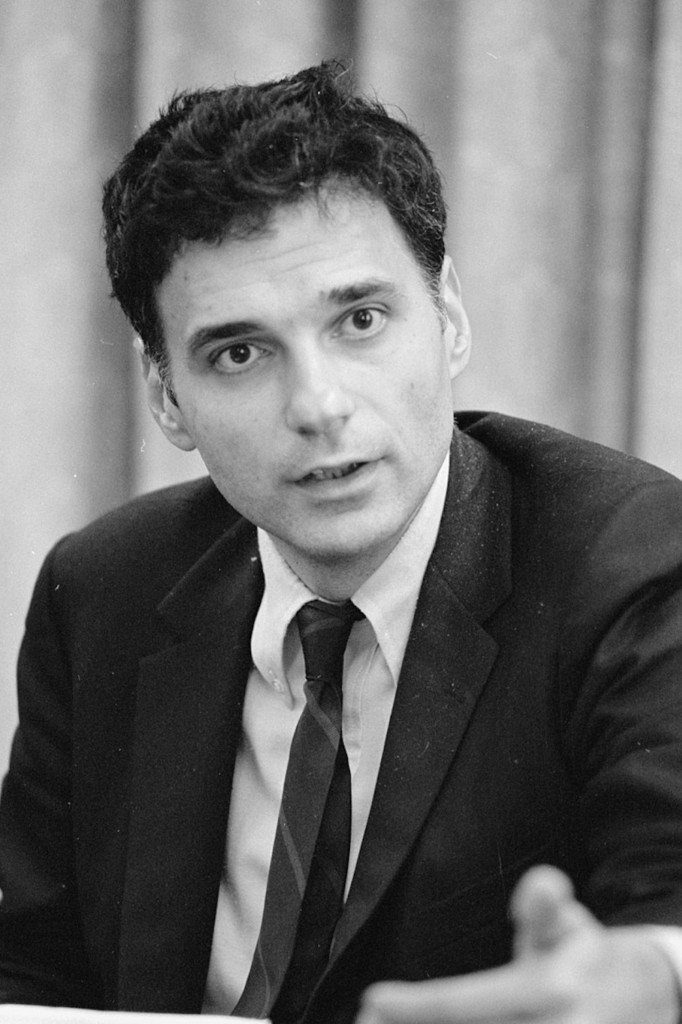
Nader completed his undergraduate studies at Princeton in 1955, graduating magna cum laude with a degree in East Asian Studies. He was drawn to the school for its library, habitually reading a book every day. His affinity for learning did not necessarily make him an exemplary student, however. He skipped classes for days on end to hitchhike around the country, conducting informal research on the lives and rights of Native Americans, migrant workers, and Puerto Ricans. The abundance of car crashes he witnessed on his travels would inspire his later campaigns for auto industry reform.
After Princeton, he studied law at Harvard University. It was in the prestigious Harvard Law Record that he published his first article about the dangers of the automobile industry. “American Cars: Designed for Death” argued that vehicle design was largely responsible for automobile accidents.
After finishing law school in 1958, Nader traveled throughout the Soviet Union and Latin America, writing articles for The Christian Science Monitor and The New Republic. In 1959 he established his own law practice in Hartford, Connecticut. In 1961 he started work as a professor of history and government at the University of Hartford.
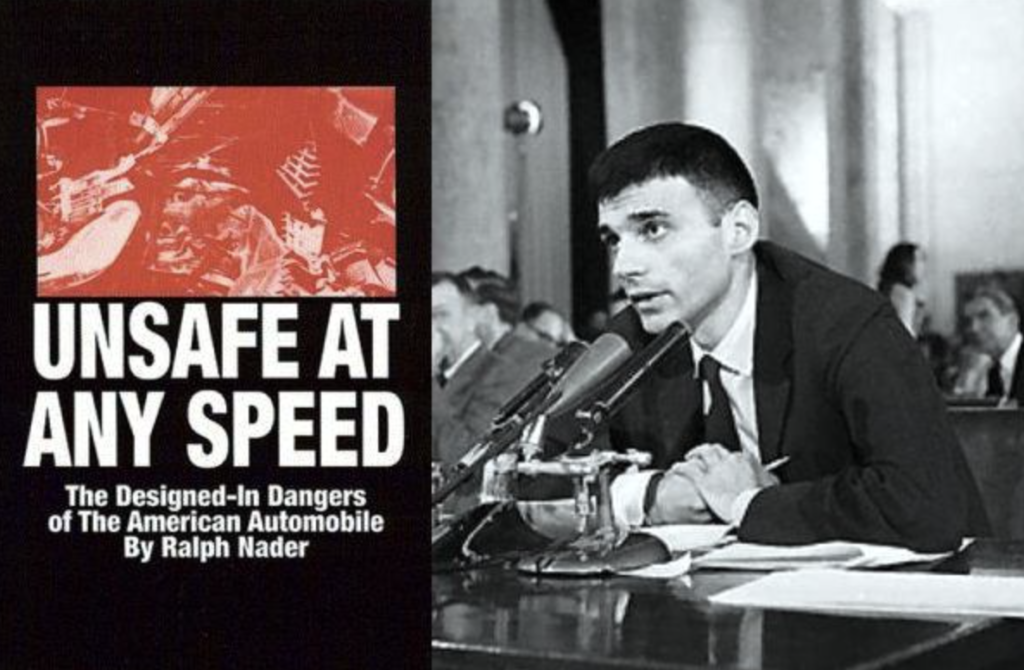
Bored of his law practice, he set out in 1963 on another hitchhiking journey, this time to Washington, D.C. He found a job as a consultant and, in his free time, resumed the auto industry research he began at Harvard. Upon completing the manuscript for what would become Unsafe at Any Speed: The Designed-In Dangers of the American Automobile, Nader left his only copy in the backseat of a cab. Undeterred, he rewrote the entire manuscript and published it in November of 1965. Unsafe was named by the Library of Congress as one of the 88 books that “shaped America.”
This work brought to light the dangerous priority of style over safety in cars. Most accidents, Nader realized, were caused by the driver’s “second collision” with the car’s interior.
Unsafe is considered a staple of “muckraking” journalism, exposing the deeply flawed industry and criticizing the federal government’s endorsement and oversight. The theme of his first work would be reiterated throughout his career: policies and practices must be exposed and corrected when they prioritize financial gain over consumer safety. His work brought auto industry corruption to the forefront of American consciousness.
Under Investigation
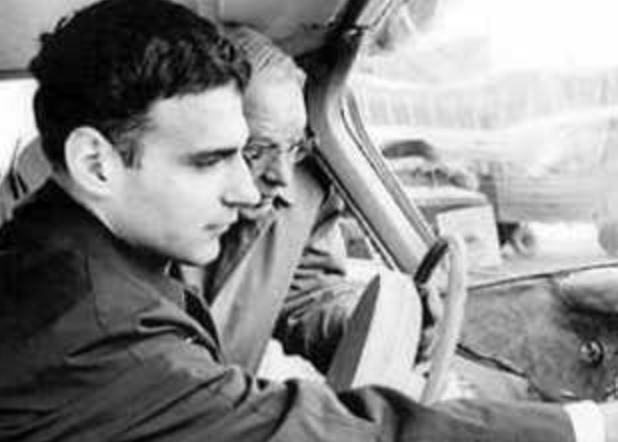
Nader continued to write recommendations for highway safety improvements after he was hired in 1965 as a part-time consultant at the Labor Department. He was consistently critical of General Motors, the largest corporation at the time.
In 1966, Nader came to feel as if he were being followed. His premonition was correct. General Motors had hired a detective agency to “check out [Nader’s] life and current activities to determine what makes him tick.” Corporate investigators bombarded Nader and his friends with threatening phone calls and attempted to destroy his reputation by luring him into “compromising situations with women.”
The corporate investigations were brought to trial during the 1966 auto safety hearings. General Motors Chief James Roche denied the investigations, but Nader successfully sued the company for $425,000. He used the money to found the Center for Auto Safety and other public-interest groups.
Nader’s testimony before the Senate had a ripple effect in Congress. In 1966, President Lyndon Johnson signed the National Traffic and Motor Vehicle Safety Act, which in turn led to the creation of the National Highway Traffic Safety Administration. This organization regulates vehicle safety standards and imposes recalls in case of potential hazards. The National Highway Traffic Safety’s reforms reduced the rate of deaths per mile driven by 80%. 3.5 million lives were saved because of these changes.
No Cause Left Behind: Nader’s Activism
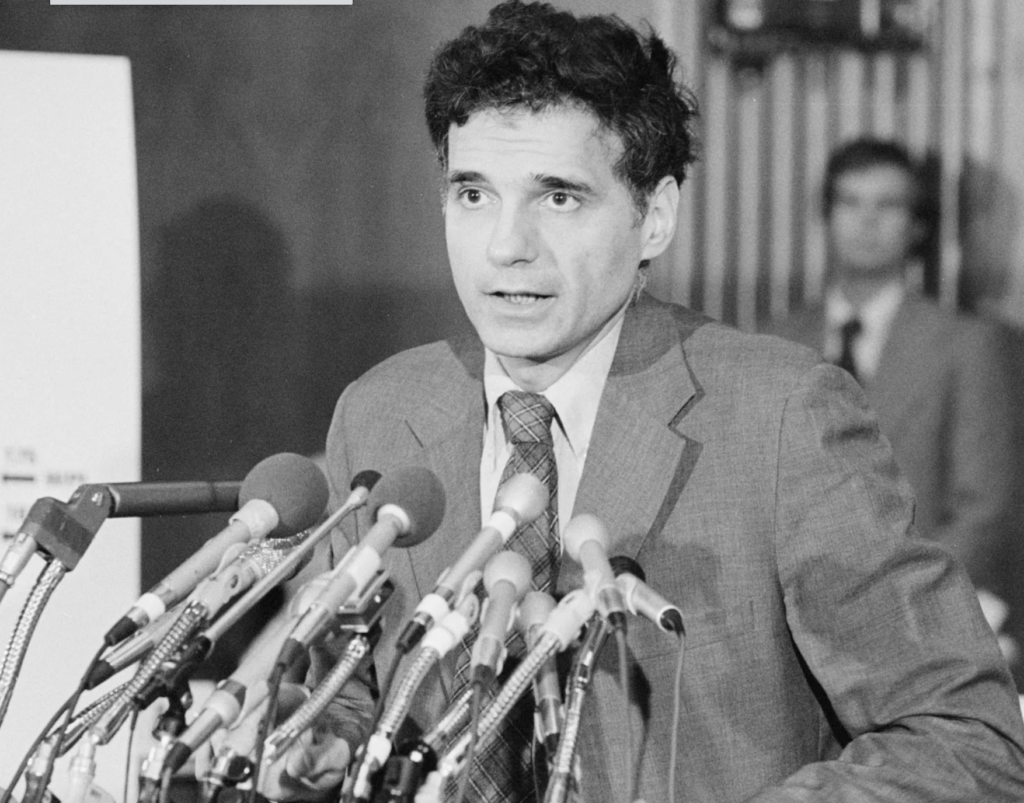
Nader has continuously advocated for change and improvement in virtually every area of civil society. When asked about the reason for his activism, he stated, “I happen to have a scale of priorities that leads me to engage in the prevention of cruelty to humans.” Consistently concerned for the rights and safety of the American public, he has fought for change where it is needed in the following areas:
ENVIRONMENTAL:
- air pollution
- water pollution
- nuclear power
PUBLIC HEALTH:
- food safety
- drug safety
- occupational safety
GOVERMENT ACCOUNTABILITY/TRANSPARENCY:
- freedom of information
- lagging government agencies
- corporate welfare
- congressional reform
- telecommunications reform
CONSUMER RIGHTS:
- fair taxation
- product liability protection
- consumer insurance reform
- banking reform
LABOR RIGHTS:
- pension rights
- consumer insurance reform
- union democracy
Nader has created many organizations to increase government accountability, including the following:
- Center for Science in the Public Interest (1971)
- Clean Water Action Project (1972)
- Princeton Alumni Corps (1989)
- Pension Rights Center (1976)
- Appleseed Foundation (1993)
In addition, he has assisted in the upholding of many consumer protection laws:
- Pure Food and Drug Act, which led to the creation of the Food and Drug Administration (FDA)
- Safe Drinking Water Act
- Clean Air Act
- Freedom of Information Act (FOIA)
- Occupational Health and Safety Administration (OSHA)
- Environmental Protection Agency (EPA)
- Consumer Product Safety Commission
Early Activism
After the trials, Nader worked independently to incite change. In 1967 he spearheaded a campaign for improved slaughterhouse sanitation that led to the creation of the Wholesome Meat Act. In 1969, he founded the Center for Study of Responsive Law. From air and water pollution to auto safety and nuclear welfare, the center uncovers and opposes malpractice across many American industries.
In the later part of the 1960s, Nader’s reports inspired legal reforms in the industries of meatpacking, natural gas pipelines. He also worked to address harmful radiation emissions from TVs and x-rays, as well as hazardous coal mine conditions.
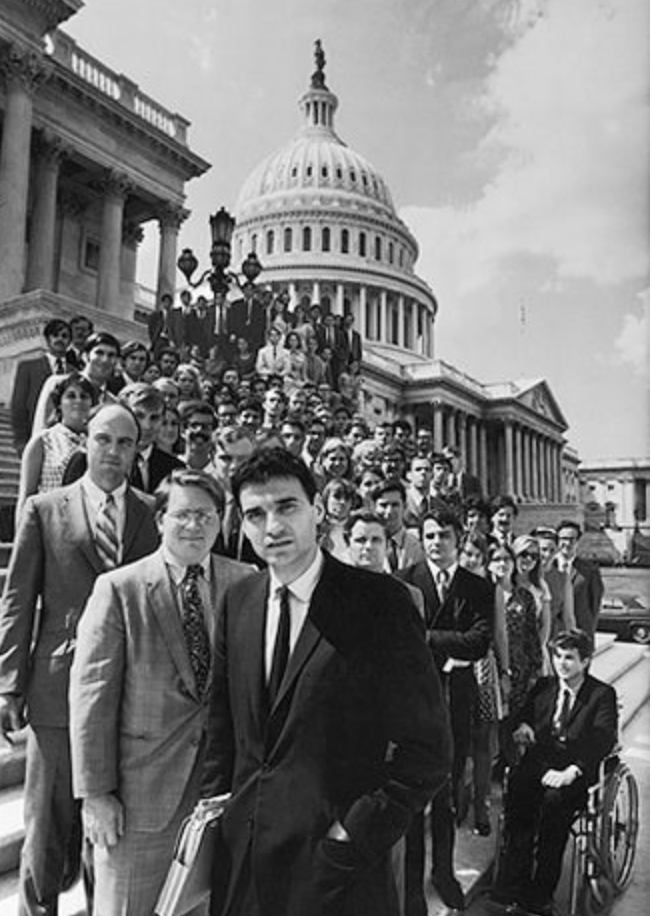
In his crusade against governmental corruption, Nader encouraged over 30,000 college students throughout the 1960s and 70s to form Public Interest Research Groups (PIRGs). Know as “Nader’s Raiders,” these students worked to expose corruption, mismanagement, and unsafe conditions across many American industries. Nader created 200 jobs for these students during the summer of 1970, funded by the money he received from his publication and media appearances. One such group created was a nine-member team of law students poised to document corporate greed. Their reports highlighted anti-competition measures undertaken in newspaper and advertising companies, breweries, and law firms. Even after the summer ended, the “raiders” continued their efforts, pursuing investigations into water quality, the corruption of First National City Bank, nursing home malpractice, the use of pesticides, and the degradation of California land.
Fulfilling a Pressing Need
Nader worked at a critical time. Mainstream journalism lacked the investigative depth of Nader’s writing. Journalists conducted vague, non-accusatory reporting, neglecting the citizen’s perspective and thereby concealing corporate abuses. Nader continuously put forth ambitious yet achievable solutions to the problems he described. He pushed for journalism backed by citizen action and sought to create a group to embody “public interest.” In this way he essentially created a new brand of political establishment, distinguished from the Founding Fathers’ vision for a governmental representative of the citizens. Instead, he believed, the people could rule themselves and advocate for their own rights through loosely-connected special interests groups. Nader gave new meaning and a sense of empowerment to the role of “citizen,” so long oppressed and rendered voiceless by the rule of “government.”
Crusade for Accountability
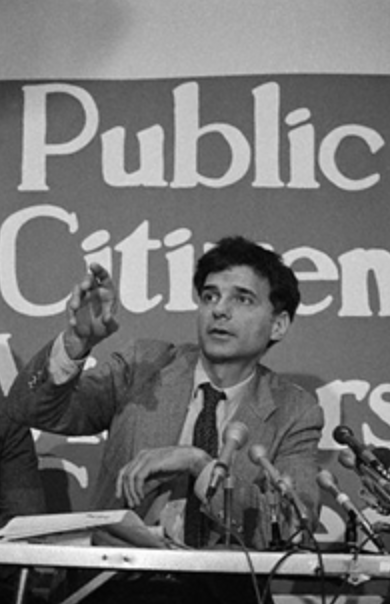
In 1971 he founded Public Citizen, a consumer advocacy group working against the overreach of corporate powers. Nader worked tirelessly to improve government accountability. Although he originally cited government legislation as a means of consumer protection, his views in later years shifted. Often, legislators ignored corporate abuses. To counteract this problem, Nader worked to promote transparency throughout the democratic process in Congress, the judiciary, and the executive branch. His 1971 Congress Project attempted to profile every member of Congress, bringing awareness to one of most poorly understood governmental branches at the time. Who Runs Congress, based on his research, is the best-selling book about Congress, printing rapidly through four editions. The year of its publication it was #1 on the New York Times’ best-seller list.
Congress Project changed its name to Congress Watch and began to advocate for “sunshine laws.” These opened congressional hearings to the public and worked to weaken the power of long-standing chairmembers. Nader has worked with Congress Watch to implement campaign finance reforms, ethics reforms, and bans on lobbyist gifts.
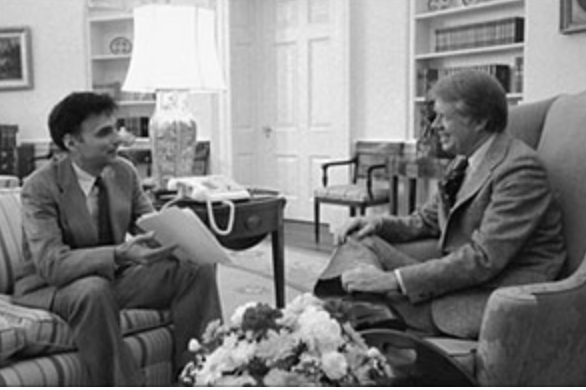
In the executive branch, Nader undermined secrecy by protesting private deliberations, document withholding, and favorable industry representatives on advisory panels. Nader’s efforts led to the 1974 passing of the Freedom of Information Act, which has been revolutionary in preventing government and industry abuses and corruption.
Nader also secured “taxpayer assets” land, minerals, waterways, and other natural territories, which private contractors have attempted to take. The government corresponds with corporations in selling these lands. This has been seen in California’s land development, the exploitation of Alaska wildlife, and the commercialization of public airwaves.
In the 1980s, Nader faced heavy opposition from the Nixon and Raegan administrations. Reagan in the 1980s dismantled many of Nader’s regulations. Even with his influence dampened, Nader still fought for lower insurance rates, an end to the toxic use of CFCs for their ozone destruction, and the expansion of consumer lawsuit rewards. He also wrote several books this time, including The Menace of Atomic Energy (1977), Who’s Poisoning America (1981), Good Works (1981) and No Contest (1996).
Economic Vision

Nader opposed the “seller-sovereign” economy in which the consumer was often considered secondary, leading to abuses and consumer manipulation. He was especially critical of price-fixed products and the practice of “price fixing” as an inhibitor to innovation and competition. He was also critical of product deception through false marketing and labeling, useless and harmful drugs, energy-wasting products, junk food, and oversold insurance.
“It is an economy where enormous skill, artifice, and resources are used in getting consumers to buy what the sellers want to sell, notwithstanding the availability of more efficient, safe, economical, durable and effective alternatives, including that of buying nothing at all.”
Nader placed great value on economic competition. He fought for this cause by promoting consumer information. He believed that understanding where products come from and how they are sponsored would allow producers to adjust to market trends, tailoring their business appropriately. This initiative also improved consumer safety, forcing companies to release valuable and potentially harmful information about their products. He also prompted cigarette companies to release information about the toxicity of nicotine and its harmful effects.
Nader strongly opposed government subsidies, believing they inflated prices and decreased innovation. He argued that companies, like governments, take advantage of consumers through heavy taxes and economic rewards. He criticized the system of “corporate socialism,” believing that consumers should be able to “un-elect” the companies that oppress them.
Consumerism
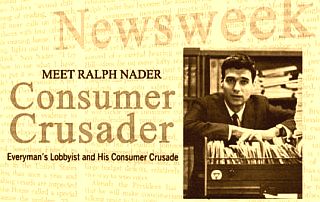
Nader spearheaded the consumerism movement in the U.S. By definition, this movement seeks to combine the advantages of private-sector investment opportunities and efficiency with government regulatory structures. Ralph Nader’s brand of consumerism showed people that everyday activism against widespread abuses of power could counter corporate greed and malpractice.
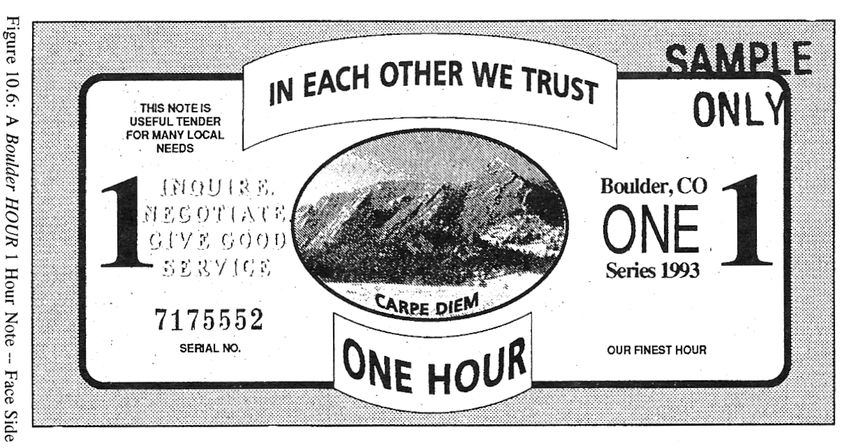
All his efforts of deregulation and subsidy removal sought to uplift the consumer side of the economy. To this end, he worked to create “group-buying” or “co-ops” designed to increase consumer purchasing power. His co-op, Buyers Up still operates, helping East Coast customers fairly purchase home heating oil. Nader also created the “Time Dollars” program. This functions as a kind of barter-labor service. People with little money but lots of free time can volunteer their labor in exchange for “time dollars.” One-time dollars are given for one hour of work, helping lift people from poverty and recognizing the value of their work.
In the 1990s, Nader brought his market innovations to the federal government. After proving that markets could gain purchasing power and consumer support without government assistance, he had the credibility to compel the government to release information. Specifically, he called upon the auto industry at this time to create airbags in cars. He also pursued the “green” campaign, calling for more sustainable production of paper, cars, and lighting fixtures.
Political Involvement
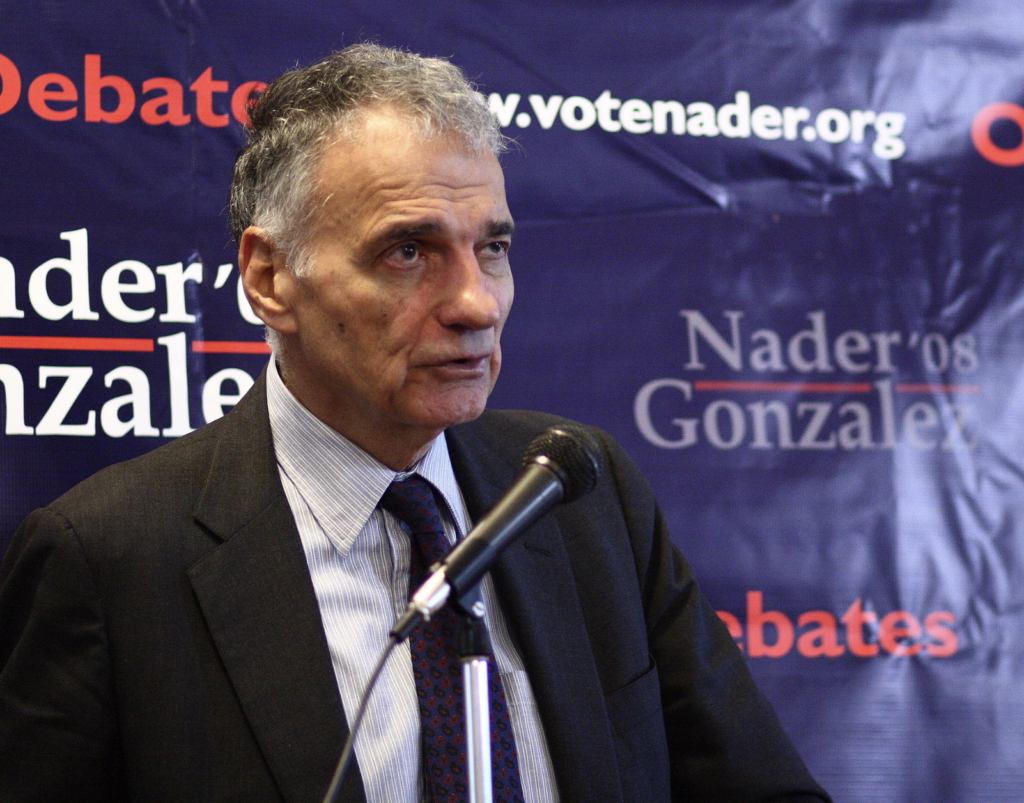
In the 1990s, Nader entered the American political scene, entering himself in the presidential race several times. From 1992-2008, Nader ran for president in every election, each time without taxpayer or corporate funding. In 2000 his efforts paid off, and he ran a highly successful campaign as a Green Party representative. Some accused Nader of taking votes away from Gore, however other factors contributed to the results, including the Florida recount and Gore’s losses in Tennessee. Nader ran two final presidential campaigns in 2004 and 2008, receiving only a small minority of the popular votes.
Although not directly politically elected, he remained persistently active in politics, writing letters to serving presidents on the issues he felt most passionate about, including minimum wage and Supreme Court regulations. These letters are compiled in a book entitled Return to Sender: Unanswered Letters to the President, 2001-2015. Especially in today’s political climate, he is an example of remaining consistently in touch with one’s political representatives, speaking up from the sidelines about the issues that matter most.
Awards/Accolades
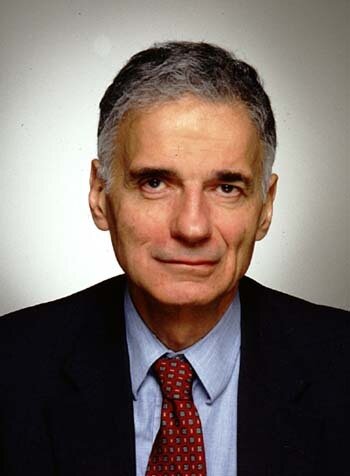
In 2006, The Atlantic named Nader as one of the 100 most influential figures in American history. TIME Magazine called him the “U.S.’s Toughest Customer” for his tireless work to improve consumer services. The New York Times distinguished his efforts, saying that “what sets Nader apart is that he has moved beyond social criticism to effective political action.” A 1974 survey conducted by U.S. News and World Report rated Nader as the fourth most influential person in America.
Today, Nader’s focus is on the civil justice system. He advocates especially for the rights of individual consumers against the legal oppression of corporations in cases of product liability, securities fraud, and medical negligence. From his home and office in the D.C. suburbs, he is still passionately committed to a cause that holds the interests of the American consumer at heart.
Visit our blog here!



